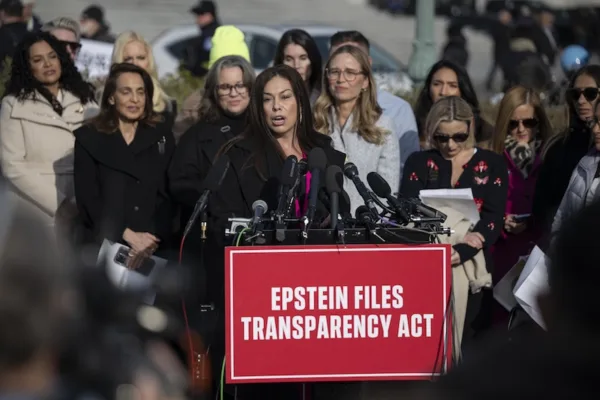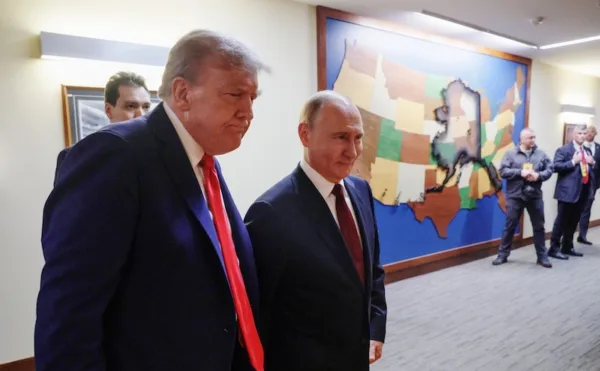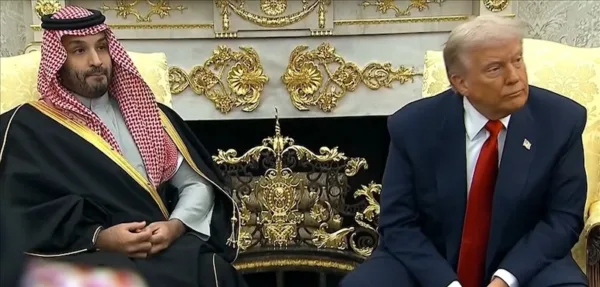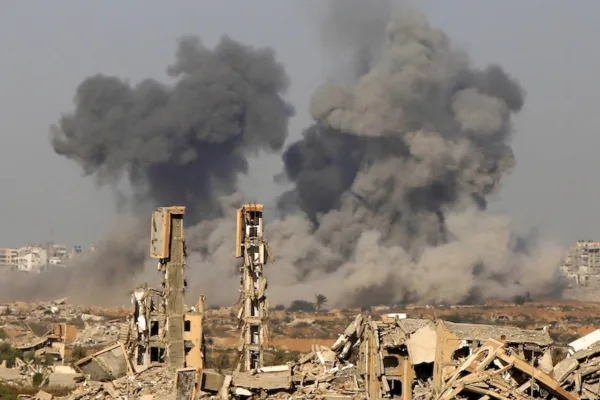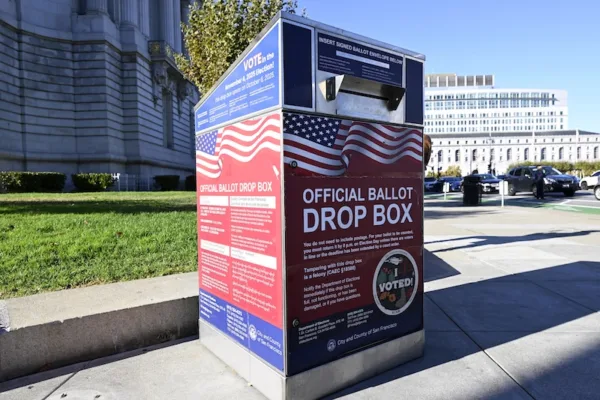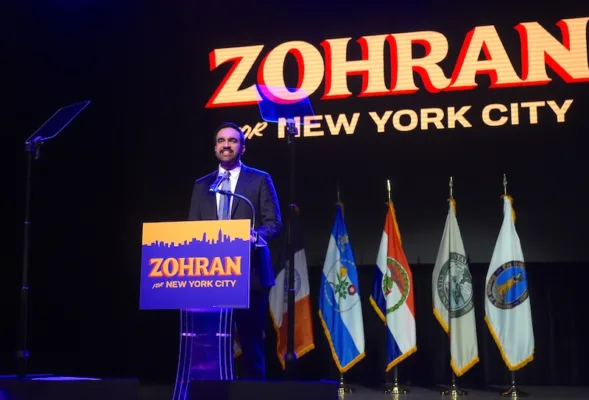The Anatomy of Egyptian Revolution: From 25th of January to the New Constitution
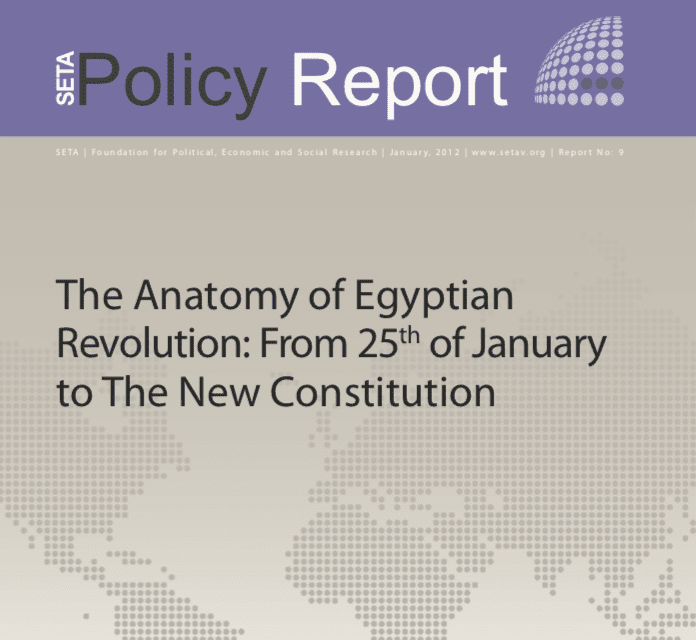
The “New Egypt” will be shaped to a great extent by a “negotiation” process between the army and the political actors in opposition. It is likely that Egypt’s transition to democracy will be a long and difficult process.
Sin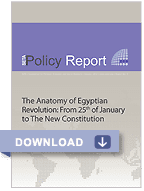 ce the first day the governments in the Middle East and North Africa began to tremble, the region has become the focus point for the world, as well as Turkey. Without a doubt, Egypt has played an important part in this. After having ruled the country with autocracy for thirty years, Hosni Mubarak was forced to leave office on February 11, 2011 after two weeks of intense public pressure. It was surprising that Mubarak, whose power and authoritarian rule—supported by the U.S. and the Egyptian Army—was thought to be indestructible, was overthrown in only 18 days. In fact, the revolution process in Egypt had begun long before Ben Ali was forced to leave office in Tunisia and protesters gathered in Tahrir square. This process was shaped to a great extent by the opposition, notably the Muslim Brotherhood who started getting organized in the 2000s; the youth movements that used technological savvy to get organized and the Egyptian army who refused to suppress the numerous worker strikes and protests between 2004 and 2008.
ce the first day the governments in the Middle East and North Africa began to tremble, the region has become the focus point for the world, as well as Turkey. Without a doubt, Egypt has played an important part in this. After having ruled the country with autocracy for thirty years, Hosni Mubarak was forced to leave office on February 11, 2011 after two weeks of intense public pressure. It was surprising that Mubarak, whose power and authoritarian rule—supported by the U.S. and the Egyptian Army—was thought to be indestructible, was overthrown in only 18 days. In fact, the revolution process in Egypt had begun long before Ben Ali was forced to leave office in Tunisia and protesters gathered in Tahrir square. This process was shaped to a great extent by the opposition, notably the Muslim Brotherhood who started getting organized in the 2000s; the youth movements that used technological savvy to get organized and the Egyptian army who refused to suppress the numerous worker strikes and protests between 2004 and 2008.
The three fundamental factors of the Arab revolution processes, “bread,” “freedom,” and “dignity”, also constituted the fundamental demands of the protesters in Egypt. Structural problems that hindered the economic development of the country and the “closed circuit” structure of wealth distribution caused by the autocratic regime prepared the platform for the people of Egypt to revolt for “bread.” Therefore, it is not a coincidence that the workers and the youth assumed leading roles in the change process in Egypt. The oppressive order of the state of exception and the anti-democratic Mubarak regime incapable of meeting the public’s demands and tendencies proved the justness of the protesters’ cause and their slogans for “freedom” in Tahrir Square. The Egyptian administration’s silence on the invasion of Iraq was the last straw in its blatant disregard of people’s dissatisfaction of the moderate relationship it maintained with Israel on Camp David platform. Meanwhile, the youth who have bonded in the increasing numbers of protests and made effective use of the social media constituted the grounds for the grand demonstrations in the recent months.
As the idea of a “New Egypt” is taking shape, each group has envisions a future for Egypt from their own perspective. In this processes of envisioning, the factors that will be determinative of Egypt’s future seem to be at the foremost the Army, the Muslim Brotherhood which is the most organized representative of the Islamist faction, Kefaya which brings different sections of the society together, the youth movements such as the April 6th movement, and the representatives of the working class. The reflections of this new landscape will reflect the shifts in the process of constructing the new political makeup of Egypt in relation to the positions political actors will take and the type of relations they will maintain with the Army.
Having failed to anticipate Egypt’s transformation, the United States now tries to influence the formation of the “New Egypt” from outside. The U.S. priority is to have a new political regime in Egypt which is as compatible with American interests in the region as possible and which allays Israeli concerns about security as possible. It would be unrealistic to expect the army which maintained close relations with the U.S. for years to suddenly abandon politics completely. One must also note that the Egyptian army is well-liked by the Egyptian people and the army refused to intervene in the protests with violence. The Egyptian army will seek to maintain its effectiveness in the new political regime both because of its respected and powerful position within the Egyptian system and its significant role in the economy. In this vein, the “New Egypt” will be shaped to a great extent by a “negotiation” process between the army and the political actors in opposition. In this negotiation process, the U.S. is expected to exert its influence in order to shape the process according to its own interests. Therefore, it is likely that Egypt’s transition to democracy will be a long and difficult process.
The temporary constitution in Egypt was approved in the referendum held on March 19, 2011 with 77 percent yes vote. Parliamentary elections and presidential elections are expected to be held in June and September respectively. Although the Muslim Brotherhood will not nominate a candidate to run in the presidential elections, it seems that it has begun to exert its influence in the parliamentary elections and will draw significant support. Reports claiming that U.S. policy may establish a “moderate” relationship with the Muslim Brotherhood reveal the likely American approaches to the potential “Islamist” actors in the post-revolutionary political regime. It is evident that the U.S.—which has, to date, worked with autocratic leaders in many Middle Eastern countries—must now negotiate with multi-lateral political structures with multi-actors. Egypt is a typical example of this.
While the initially ambiguous American position has become increasingly clear, the EU did nothing other than stating the necessity to meet protesters’ demands. It must also be noted that the UK, made tangible efforts to carve a space for itself in the post-Mubarak Egypt. It can also be stated that while the Arab League and Iran are playing a waiting game regarding the change in Egypt, crucial actors such as China and Russia wait “cautiously and anxiously.” Because the results of the Arab revolutions are uncertain, China, concerned with the success of its economic investments especially in Africa, supports the status quo. Russia, which has had limited influence in the region under the Camp David order, similar to China, supports the status quo both because its wariness of the direction the change process in Egypt is taking and its suspicion that U.S may become the external determinative factor of that change.
On the other hand, Turkey, which has been considered a “source of inspiration” for the demands that triggered the revolutions in the Middle East, believed from the beginning that governments must pay attention to the social demands of their people. Turkey has taken a principled stance in this change process in the Middle East by becoming the first to advise Hosni Mubarak to pay attention to the public’s demands. Emphasizing that every Arab and African community deserves a constitutional state which respects human rights on the basis of justice and democracy and that the inevitable change process must be managed peacefully, Turkey reiterates at every turn that it will give any necessary support. That Turkey did not support the 2003 American invasion of Iraq has increased its diplomatic influence. Moreover, Turkey’s positive, constructive attitude during the Arab revolutions and its bold initiative signify that it will play an effective role in the “new Middle East.”
Written by Müjge Küçükkeleş, Nuh Yılmaz, Selin Bölme, Taha Özhan, Ufuk Ulutaş & Yılmaz Ensaroğlu




